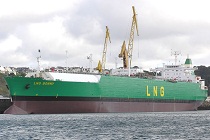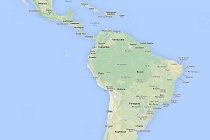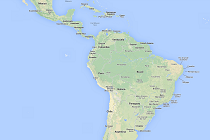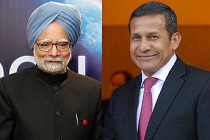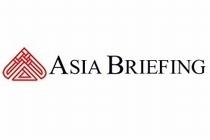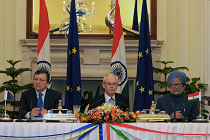Multiplying India’s LNG options
India’s domestic demand for natural gas is only growing. Prime Minister Narendra Modi’s is looking to convince the U.S. government to sell LNG to India by exempting it from the requirement of a compulsory Free Trade Agreement (FTA) during his September trip. Another source for LNG for India can be Russia which is currently facing western sanctions and is looking to Asia as a gas export destination. India can benefit from both

